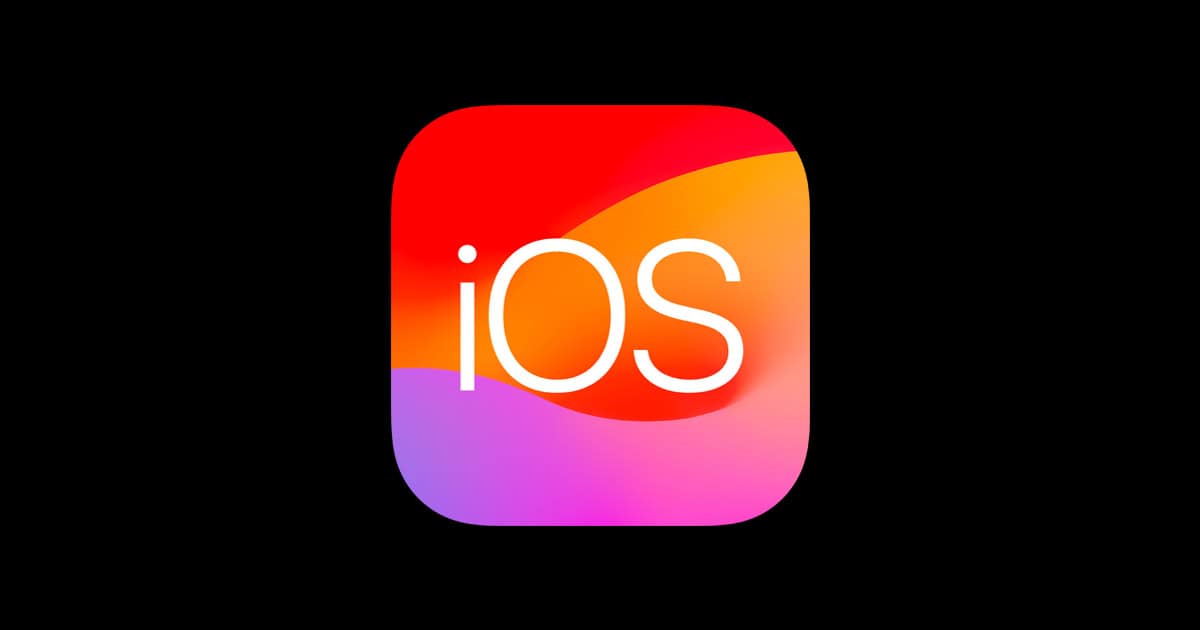Jailbreaking is a process that allows iOS users to remove software restrictions imposed by Apple on their devices. With every update of iOS, new jailbreak methods emerge to unlock the system, and iOS 17 is no different. A jailbreak for iOS 17, executed properly, affords users more control over their devices, enabling them to install apps and customize features beyond what Apple officially allows.
The latest jailbreak for iOS 17, which includes version 17.4.1, relies on vulnerabilities such as the checkm8 exploit. Jailbreak tools like PaleRa1n have made headlines for their capability to modify iOS 17, targeting a specific range of iPhone models. While jailbreaking offers the appeal of customization and feature enhancement, it also comes with risks. Users should be aware of potential security vulnerabilities and the voiding of their warranty.
Navigating the jailbreak landscape requires knowledge about compatible devices and software versions. Users must understand the limitations and compatibility of the tools available. Despite the technical nature of jailbreaking, guides and communities exist to support users through the process, ensuring that those interested can achieve the desired level of device customization and functionality enhancement without undue complications.
Exploring iOS 17 Jailbreak Options
Interested in unlocking the full potential of your iOS 17 device? Jailbreaking can open a world of customization and possibilities. However, it’s important to proceed with caution and be aware of the potential risks involved. Let’s explore the current options for jailbreaking iOS 17.
Current iOS 17 Jailbreak Tools:
| Tool Name | Compatibility | Status | Notes |
|---|---|---|---|
| palera1n | A10/A11 devices on iOS 17.0 – 17.4 | Semi-tethered | Utilizes checkm8 exploit, requires a computer, mostly for developers. |
| Checkra1n (not yet updated) | A5-A11 devices on older iOS versions | Semi-tethered | It’s expected to eventually support iOS 17, but is currently unavailable. |
| Unc0ver (not yet updated) | A12 and newer devices on older iOS versions | Semi-untethered | It’s being updated to support iOS 17, but no timeline has been announced. |
Important Considerations:
- Legality: Jailbreaking is legal in the United States under DMCA exemptions.
- Risks: Jailbreaking can void your warranty and potentially expose your device to security vulnerabilities.
- Data Loss: Always back up your data before attempting a jailbreak.
- Research: Choose your jailbreak tool carefully and follow instructions thoroughly.
The Wait for Full Jailbreaks:
As of June 2024, a fully functional, user-friendly jailbreak for all iOS 17 devices is not available. The currently available options are primarily aimed at developers and advanced users. It’s advisable to wait for a stable and widely-supported jailbreak tool to minimize risks.
Staying Updated:
The jailbreak community is constantly evolving. Keep an eye on reputable sources for updates on new tools and developments. Websites like iDownloadBlog, Reddit’s r/jailbreak, and Twitter accounts of well-known jailbreak developers are good places to stay informed.
Remember, jailbreaking is a personal choice. Weigh the benefits and risks before deciding if it’s right for you.
Key Takeaways
- Jailbreaking iOS 17 can extend device functionality.
- Users must select compatible tools for their device and iOS version.
- Customization benefits come with security and warranty risks.
Understanding Jailbreak Tools and Compatibility
The right jailbreak tool and the device’s compatibility are crucial for unlocking iOS 17. Users need to choose a tool that supports their device and iOS version to ensure the process is successful and their device remains functional.
Exploring Jailbreak Tools for iOS 17
Palera1n Jailbreak: It offers a semi-untethered experience, which means users must run the jailbreak application after every reboot of their device. Palera1n uses the checkm8 exploit, making it suitable for older models up to the A11 chip, such as the iPhone X and iPhone 8.
- unc0ver: This tool provides an unc0ver jailbreak method which installs via an .ipa file. It supports multiple devices and has been noted for its reliability. However, details regarding iOS 17 compatibility need to be confirmed.
Compatibility with Devices and Software Versions
When talking about compatibility, devices with chips from A11 and before are commonly supported due to the checkm8 exploit’s nature. The iOS versions that are currently jailbreakable include iOS 17.1, iOS 17.2, and iOS 17.4.1. Compatibility varies across tools and here’s a brief outline:
- iOS 17.1: Jailbreak available
- iOS 17.2: Some tools may offer jailbreak solutions
- iOS 17.3: Not commonly supported yet
- iOS 17.4.1: Jailbreak has been achieved with certain tools
Note: Jailbreaking can introduce vulnerabilities, and users should proceed with a full understanding of potential risks and device warranty implications.
Jailbreak Procedure, Customization, and Management
Jailbreaking iOS 17 allows users to bypass Apple’s restrictions to install third-party apps and customize their devices. It is important to proceed carefully to avoid data loss and ensure device security.
Step-by-Step Jailbreak Process
To jailbreak an iOS 17 device, users follow a series of steps. First, they back up their device to secure personal data. Next, they download a jailbreak tool like Palera1n, compatible with macOS, Linux, or Windows. Users then initiate the tool and enter DFU mode by following on-screen instructions. The exploit is executed, and the tool installs a package manager like Cydia or Sileo.
Customizing and Enhancing iOS with Jailbreak
Once jailbroken, users can install tweaks and themes to personalize their iOS experience. They can add new functionality, from gesture-based navigation to advanced control settings. Customization goes beyond visual changes. Tweaks can also enhance device performance or add features not available through the App Store.
Managing Jailbroken Devices and Troubleshooting
Users manage jailbroken devices by regularly backing up and monitoring for battery drain or performance issues. If a device experiences problems, one can often troubleshoot by rebooting or using recovery mode. To update a jailbroken device, users must wait for a compatible jailbreak release to maintain their tweaks and settings.







